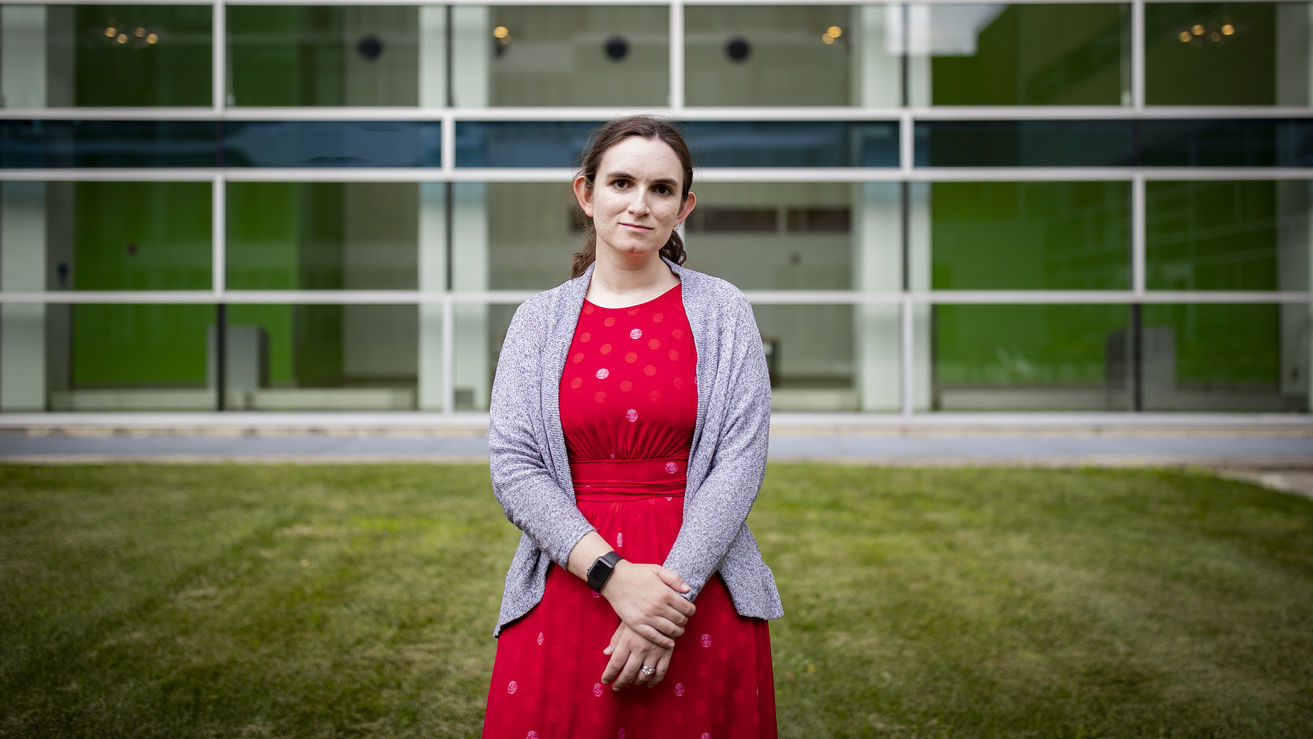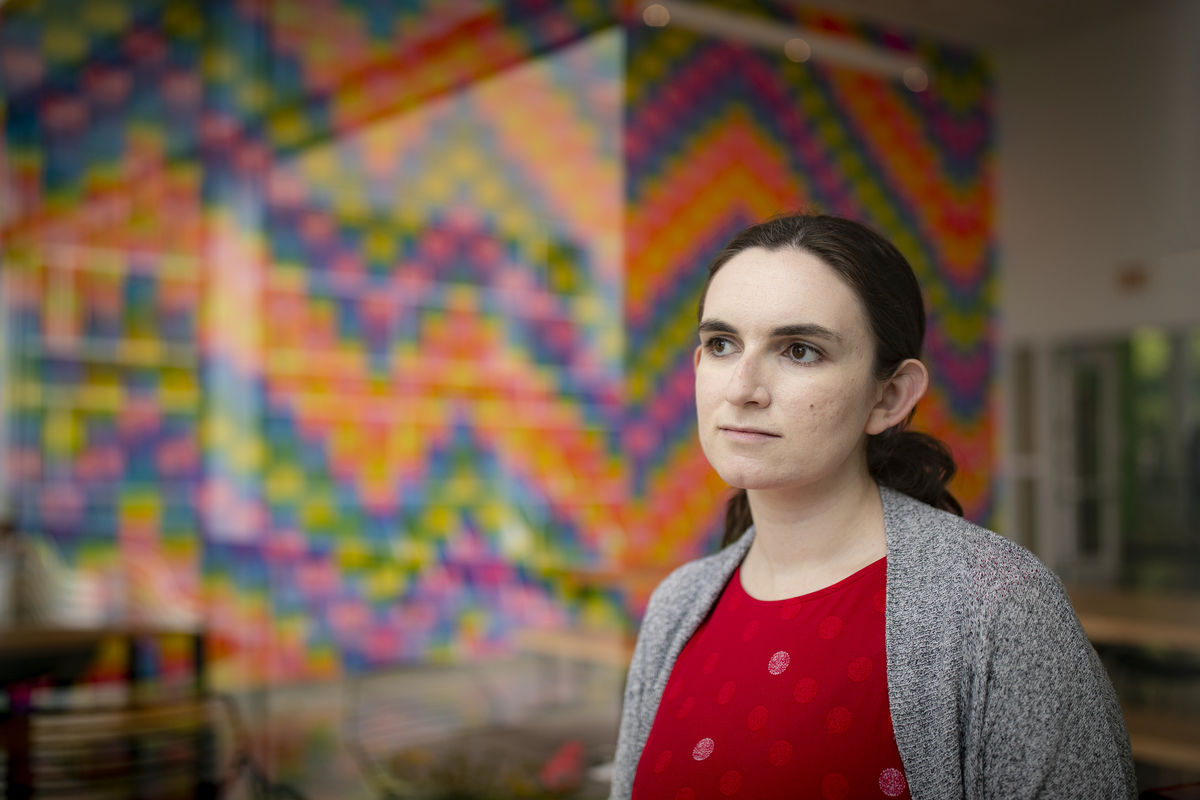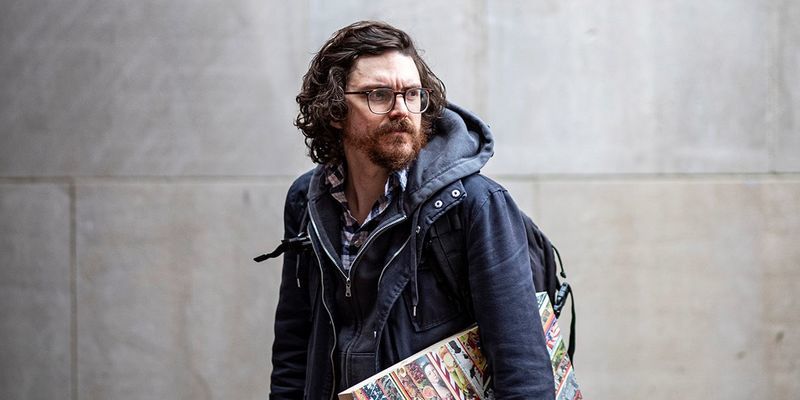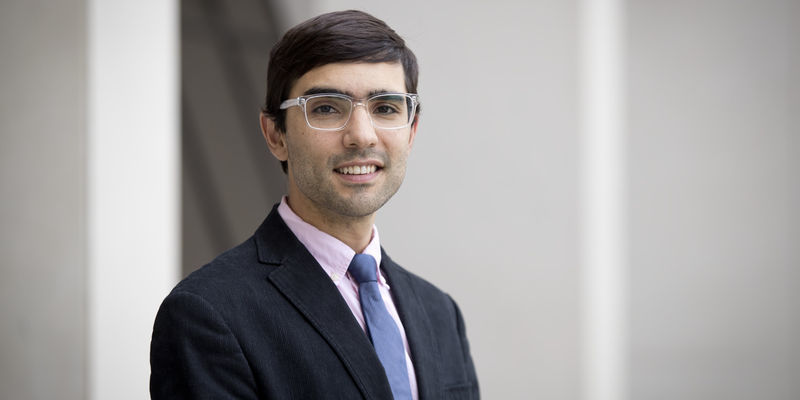Designing an experimental pathway to accessibility
With help from a new $5,000 grant, Tyler School of Art and Architecture Professor Jenny Kowalski will continue to bring accessibility to the world of design.

For Jenny Kowalski, experimental design for the screen—and, perhaps more importantly, accessibility for the screen—has long been both a key interest and an important research vein.
So much so that Kowalski was recently awarded a $5,000 grant by Teach Access as part of their 2021–2022 Curriculum Development Award, aimed at taking another step toward accessibility as a key component of design pedagogy.
Kowalski, an assistant professor of instruction in the Tyler School of Art and Architecture’s Graphic and Interactive Design Department, believes that, though experimental design for the screen encompasses much of leading web design and accessibility trends, it’s also just as much about a willingness to view the world—and the internet—in a new way.
“Experimental design means different ways of visualizing art for the screen and illustration,” Kowalski said. “Tools that react to our input or change sizes; just seeing how we can work with technology in new ways.”
Though she has a background in print design, Kowalski found herself drawn to the screen as the internet boomed and the world’s online presence blossomed. The deeper she moved into graphic design, the more she understood the need for accessibility, and the need to make websites and games and other important tech tools usable by nearly everyone.
“With design, there’s always something new, there’s always a new skill, a new program, it’s impossible to stay put,” she said.
Learning she’d won one of the grants was a victory for Kowalski, though it came with clear expectations not just from Teach Access, but also from herself and for the curriculum of her class, Intermediate Computer Graphics, a requirement for all juniors in Tyler’s graphic and interactive design program.
“When we talk about user experience, we are asking ‘How does everyone need to interact with this?’ and ‘What are everyone’s needs for interacting with whatever we’re building?’ And then, when we’re talking about the web, there’s a lot about the basic structure of a website, like making sure that you’re labeling things correctly and making sure that any image has an alt tag,” explained Kowalski. “We’re really thinking about it from the ground up and understanding why these things are important.”

Kowalski feels accessiblity goes hand in hand with creativity. (Photo by Ryan S. Brandenberg)
With an added focus on accessibility in design, Kowalski hopes students who complete Intermediate Computer Graphics will be prepared to “go out there and not only work with the changing world, but to build and shape the changing world.”
As Kowalski noted, this past pandemic-afflicted year is a perfect example of a moment in which we were all forced to think harder, not only about working or learning remotely, but providing easy access to information for all those who need it. In short, not just working with the changing world, but shaping it.
“We all need some more allowances now and we’re all acknowledging that and noticing that more,” Kowalski added. “Accessibility fits with that really well.”
Using captions as an example of accessible design, Kowalski noted that it’s not just the hard of hearing who might benefit from such accessibility—it’s really for anyone with a child or a sibling or some obligation that might be a distraction during times of high focus.
From there, it’s about marrying the principles of experimental design with the increasing need for accessibility. In fact, Kowalski was already scouring options to increase accessibility in her classes when she discovered the Teach Access grant.
“[Accessibility] is something I’ve become really passionate about—making sure that we can all experience screen-based tools and really, the world, equally,” she explained.
Ultimately, Kowalski hopes that the $5,000 grant will go toward this exact effort: using experimental design to offer new forms of accessibility in an increasingly global and online world. That effort will start in her classroom, but Kowalski’s hope is that it will continue to expand from there.
“I like to think about accessibility in the same way as an architect, so it doesn’t limit your creativity in terms of being experimental or being beautiful,” she said. “A ramp to get access to the building doesn’t mean an architect can’t do something beautiful and, in the same way, making sure that our online experiences are accessible doesn’t prevent us from making something beautiful or innovative or experimental.”


